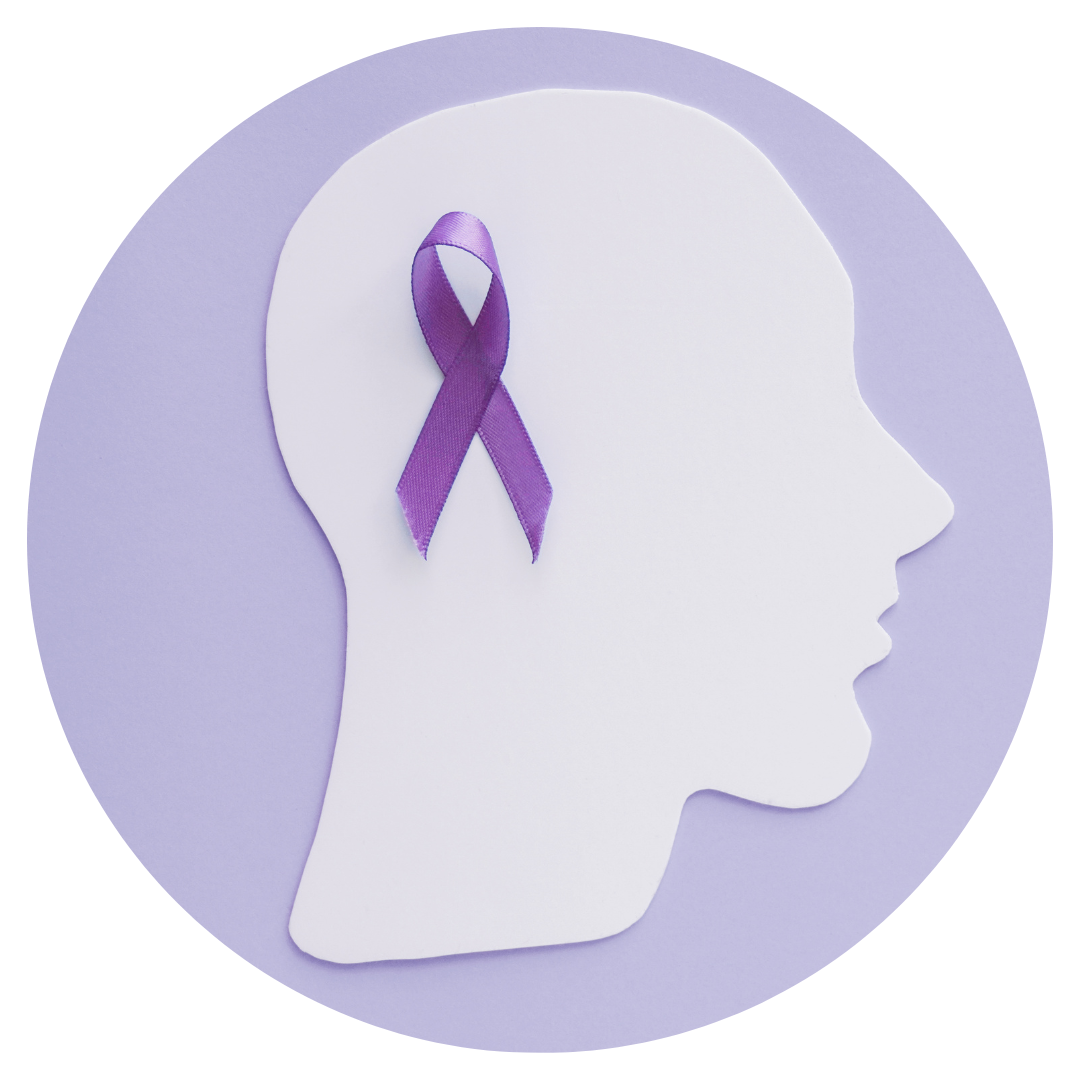BLOG
Living, healing and thriving after covert abuse.

JUNE 27 2023
What Is Covert Coercive Control? Unveiling the Silent Manipulation
In relationships, power dynamics can take various forms, and one particularly insidious manifestation is covert coercive control. While physical abuse and overt manipulation are more easily recognizable, covert coercive control operates in a more subtle and clandestine manner, leaving victims trapped in a web of emotional, psychological, and sometimes even financial manipulation. This article aims to shed light on this often overlooked form of abuse, explaining its characteristics, signs, and potential impact on victims.
Understanding covert coercive control:
Covert coercive control refers to a pattern of behavior employed by one individual to exert dominance and control over another within an intimate or familial relationship. Unlike physical abuse, which leaves visible scars, covert coercive control operates behind closed doors, utilizing psychological manipulation, intimidation, and subtle tactics to undermine the victim's autonomy, self-esteem, and agency.
Characteristics of covert coercive control:
Isolation: The abuser strategically isolates the victim from their support network, making it difficult for them to seek help or gain perspective on the relationship.
Gaslighting: The abuser systematically denies, distorts, or minimizes the victim's perception of reality, making them doubt their own memory, judgment, and sanity.
Emotional manipulation: Covert coercive control often involves emotional manipulation, such as guilt-tripping, threatening, or playing mind games to instill fear, anxiety, and dependence.
Surveillance and monitoring: The abuser may employ tactics like monitoring the victim's phone calls, texts, or online activities, invading their privacy, and fostering a constant state of vigilance.
Financial control: In some cases, the abuser may control the victim's finances, limiting their access to money, employment, or resources, thus trapping them in the relationship.
Recognizing the signs:
Detecting covert coercive control can be challenging, as the tactics employed are designed to keep the victim in a state of confusion, self-doubt, and dependence. However, some common signs may indicate the presence of covert coercive control, including:
Frequent humiliation, criticism, or demeaning remarks.
Constant surveillance or monitoring of activities.
Isolation from friends, family, or social support networks.
Drastic changes in self-esteem, self-worth, or confidence.
Fear of expressing independent thoughts or opinions.
Drastic alterations in behavior to please the abuser.
Financial dependence or restricted access to money.
Impact on victims:
Covert coercive control can have severe and long-lasting effects on the victim's mental, emotional, and physical well-being. The prolonged exposure to such manipulation often leads to anxiety, depression, post-traumatic stress disorder (PTSD), and other mental health issues. The victim may also experience feelings of helplessness, loss of identity, and reduced decision-making abilities. The impact on relationships, including damage to trust and difficulty in forming future connections, can also be profound.
Seeking support and assistance:
If you suspect you or someone you know is a victim of covert coercive control, seeking support is crucial. Confiding in a trusted friend, family member, or professional counselor can provide validation, guidance, and access to resources. National helplines, domestic violence shelters, and organizations specializing in covert abuse and coercive control such as WomenSV can offer assistance, advice, and a safe space for individuals seeking help.
Covert coercive control operates in the shadows, leaving victims trapped in a web of manipulation and fear. By understanding its characteristics and recognizing the signs, we can work towards breaking the silence and providing support to those affected. It is essential to create awareness, educate communities, and foster a society that rejects all forms of abuse, ensuring that everyone can enjoy healthy, respectful, and empowering relationships.
